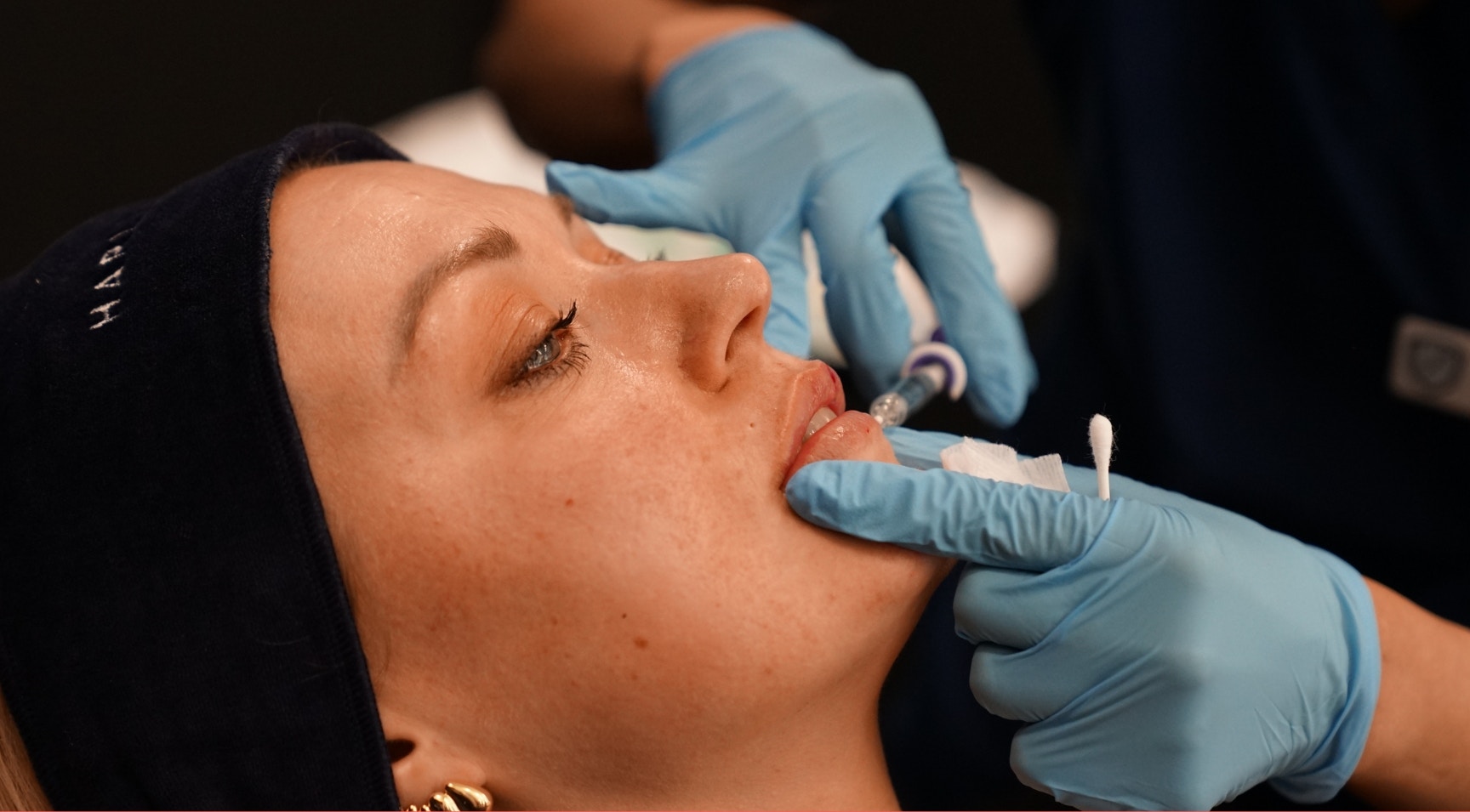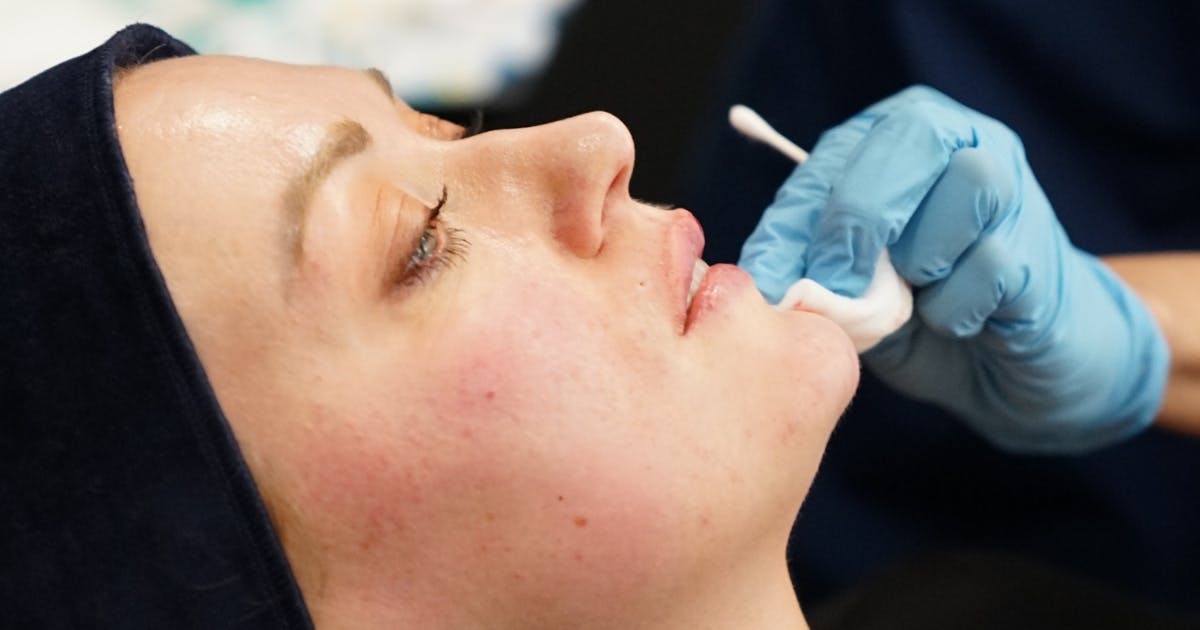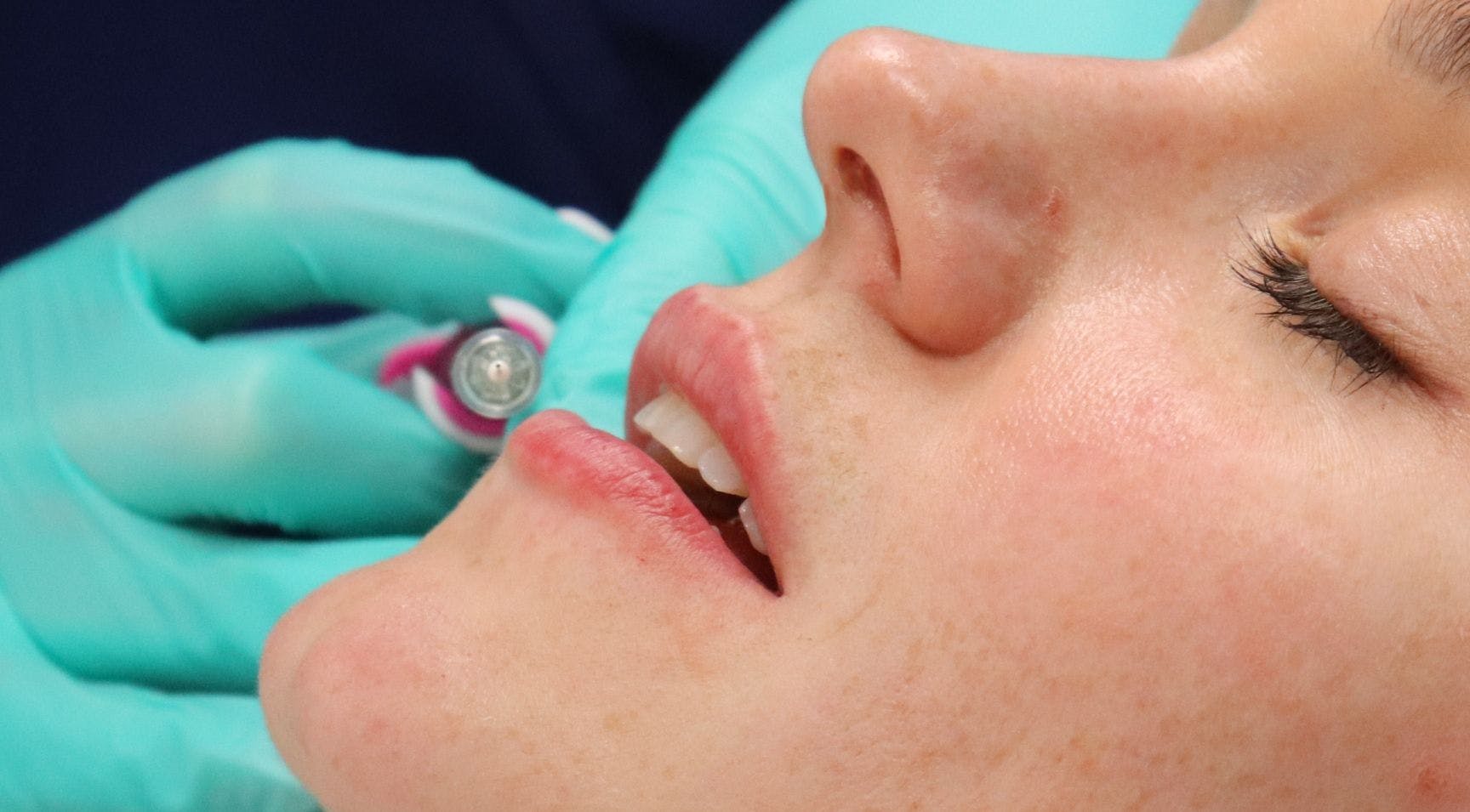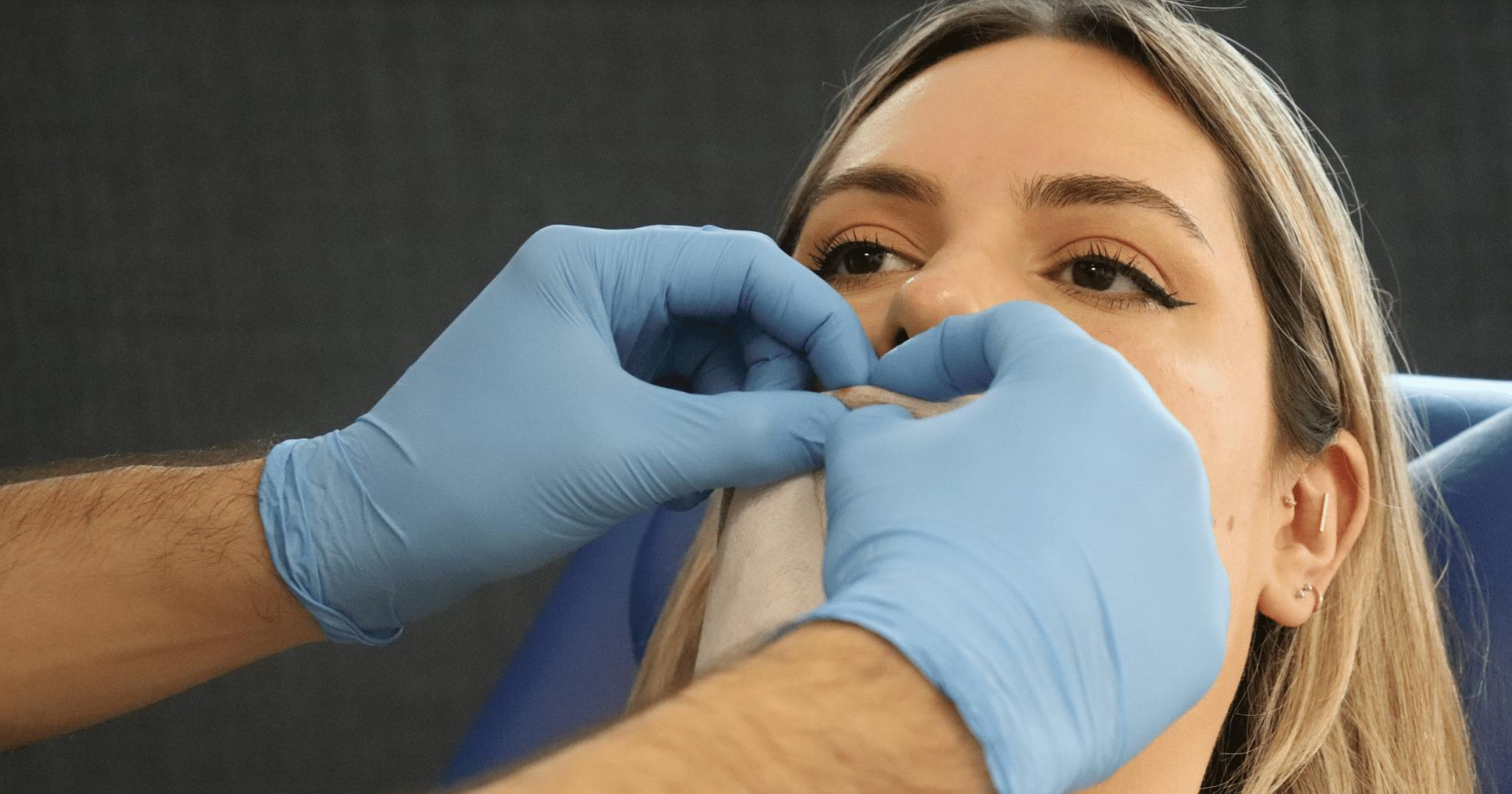How to Produce Safe, Natural-Looking Lip Filler Results

Find out how to produce natural-looking lip filler results every time in the last part of our series.
Dr Karla Orsine Murta Dias rounds off her interview with the insights you need to master proportionate, reproducible lip filler outcomes.
From whether you should use a needle or cannula, to layering and massage techniques, Dr Karla has it covered! She tells us, “Ensuring consistently even lip filler results requires attention to detail, precision, and careful technique.
“Here are some top tips for aesthetics practitioners to achieve uniform outcomes with lip filler injections.”

7-point checklist for producing safe, uniform lip filler results
The following tips from Dr Karla are in no particular order.
1. Comprehensive patient assessment
“Conduct a thorough assessment of the patient's lip anatomy, symmetry, and proportions before treatment. Identify any asymmetries or irregularities that may require special attention during the injection process.”
2. Customised treatment plan
“Develop a customised treatment plan tailored to the patient's individual needs, aesthetic goals, and lip characteristics. Discuss desired outcomes with the patient and agree on a plan that aligns with their expectations.”
Your facial assessment and treatment planning discussions should form part of a detailed consultation. You can learn more about this in our previous article, Perfect Your Aesthetic Patient Consultations.
The longer you spend getting to the heart of your patient’s desired outcomes, the better the result is likely to be. Never be afraid to set aside a good chunk of your appointment time for this, especially when you’re starting out.
3. Injection technique selection
“Choose the appropriate injection technique based on the patient's anatomy and treatment goals. Both needles and cannulas can be effective tools for lip filler injections, with each offering unique advantages.
“Needles provide precise control and are ideal for targeted placement of lip filler in specific areas, such as the vermillion border or Cupid's bow.
“Using a cannula for lip filler offers a safer and more comfortable alternative. This is particularly true for large-volume injections or treatments requiring extensive sculpting. Cannulas can help minimise trauma, bruising, and vascular complications.”
4. Gauge selection
“When using needles, consider the appropriate gauge based on the viscosity of the filler and the desired level of precision.
“Smaller gauge needles, such as a 30G, are suitable for more delicate injections and finer detailed work. This includes defining the vermillion border or injecting filler into superficial layers.
“Larger gauge needles, for example, a 27G or 25G, are preferred for thicker fillers or deeper injections. These can provide greater control and flow rate.”

5. Assess the lips for symmetry throughout
“Continuously monitor symmetry throughout the injection process by comparing the appearance of both lips from multiple angles. Make adjustments as needed to ensure even distribution and balance of filler.”
6. Layering technique
“Employ a layering technique to gradually build volume and contour the lips, ensuring smooth and uniform results. Start with a conservative amount of filler. Incrementally add more as necessary, paying close attention to symmetry at each stage.”
7. Massage
“After injection, use gentle massage and moulding techniques to distribute filler evenly within the lips and refine contours. This helps achieve a seamless blend between treated and untreated areas, enhancing natural-looking results.”
A comprehensive medical aesthetics training course will provide you with the tools and techniques to inject, treat and manage patients. Our Level 7 Diploma in Botox & Dermal Fillers course is carefully tailored to develop you into a safe and ethical aesthetic medicine practitioner. Not only will you treat your own patients with us, but you’ll get first-hand experience of life at a working aesthetics clinic.
Achieve lip filler results that will make you and your patients proud
“By following these tips and tailoring your approach to each patient's unique characteristics and preferences, you can consistently achieve even and aesthetically pleasing lip filler results,” says Dr Karla.
She adds, “Remember to prioritise patient safety, comfort, and satisfaction throughout the treatment process.
“Achieving symmetrical and natural-looking lip filler results requires careful attention to injection technique. It also calls for consideration of anatomical variances, and proactive management of factors that may contribute to lopsidedness.”

Support in choosing the best medical aesthetics training courses
To find out more about our aesthetics training courses for doctors, dentists, nurses and clinical pharmacists, including our targeted Perioral & Lip Filler Masterclass, talk to our dedicated support consultants.
They’ll answer all your queries, and provide career guidance, as well as botox and filler course advice based on your goals. Furthermore, they’ll provide details on eligibility, payment plans, and much more. Book a call with them now for your FREE 15-minute advisory session.
We hope you’ve enjoyed this four-part series on how to produce safe, natural-looking and even lip filler results. If you try any of these techniques out, let us know how you get on!
All information correct at the time of publication
Download our full prospectus
Browse all our injectables, dermal fillers and cosmetic dermatology courses in one document
By submitting this form, you agree to receive marketing about our products, events, promotions and exclusive content. Consent is not a condition of purchase, and no purchase is necessary. Message frequency varies. View our Privacy Policy and Terms & Conditions
Attend our FREE open evening
If you're not sure which course is right for you, let us help
Join us online or in-person at our free open evening to learn more
Our Partners














STAY INFORMED
Sign up to receive industry news, careers advice, special offers and information on Harley Academy courses and services

